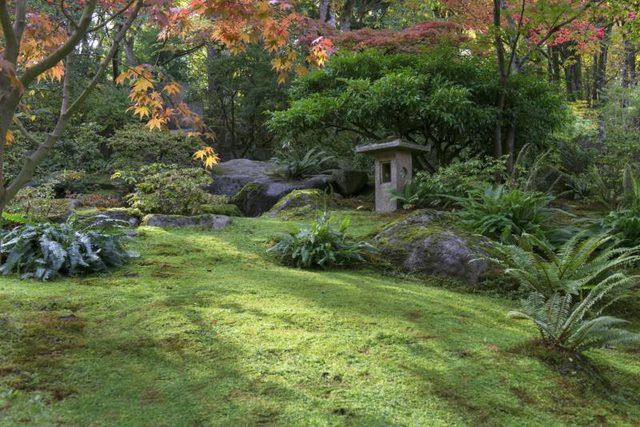Bulbs
Flower Basics
Flower Beds & Specialty Gardens
Flower Garden
Garden Furniture
Garden Gnomes
Garden Seeds
Garden Sheds
Garden Statues
Garden Tools & Supplies
Gardening Basics
Green & Organic
Groundcovers & Vines
Growing Annuals
Growing Basil
Growing Beans
Growing Berries
Growing Blueberries
Growing Cactus
Growing Corn
Growing Cotton
Growing Edibles
Growing Flowers
Growing Garlic
Growing Grapes
Growing Grass
Growing Herbs
Growing Jasmine
Growing Mint
Growing Mushrooms
Orchids
Growing Peanuts
Growing Perennials
Growing Plants
Growing Rosemary
Growing Roses
Growing Strawberries
Growing Sunflowers
Growing Thyme
Growing Tomatoes
Growing Tulips
Growing Vegetables
Herb Basics
Herb Garden
Indoor Growing
Landscaping Basics
Landscaping Patios
Landscaping Plants
Landscaping Shrubs
Landscaping Trees
Landscaping Walks & Pathways
Lawn Basics
Lawn Maintenance
Lawn Mowers
Lawn Ornaments
Lawn Planting
Lawn Tools
Outdoor Growing
Overall Landscape Planning
Pests, Weeds & Problems
Plant Basics
Rock Garden
Rose Garden
Shrubs
Soil
Specialty Gardens
Trees
Vegetable Garden
Yard Maintenance
Where to Plant Holly Fern
Where to Plant Holly Fern. The bold texture and shiny dark-green leaves of holly fern (_Cyrtomium falcatum_) make an easy-care addition to shaded gardens. The thick, leathery leaves tolerate windy locations without tearing, and are not bothered by salty air if you want to use them in coastal gardens. Native to Africa and Asia, this plant is also...

The bold texture and shiny dark-green leaves of holly fern (Cyrtomium falcatum) make an easy-care addition to shaded gardens. The thick, leathery leaves tolerate windy locations without tearing, and are not bothered by salty air if you want to use them in coastal gardens. Native to Africa and Asia, this plant is also called Japanese Holly Fern. These ferns work well as a border plants, used in mass plantings as a ground cover or in a woodland setting.
Location Selection
Holly ferns are hardy outdoors in U.S. Department of Agriculture plant hardiness zones 6 through 11. They will stay green year-round in zones where it doesn't freeze and the fern is protected from frost. Otherwise, they lose their leaves each winter, then leaves return in spring.
Shaded locations are best, though holly ferns will tolerate partial sun. Plants rarely require division, and you don't need to worry about them becoming invasive. The roots take up a relatively small growing space, so holly ferns can be used in small rock gardens and thrive when planted under trees and tall shrubs.
Growing Conditions
Holly ferns prefer loose, fertile soil with high levels of organic matter. An acidic pH between 4.0 and 7.0 is preferable. In locations with sandy or clay soil, spread a 2-inch-thick layer of composted pine bark or other organic matter over the soil surface where you'll be planting the ferns. Work this into the soil to a depth of 10 inches.
Though ferns need moist soil, soils that stay boggy will rot the roots. Ensure the soil is well-drained enough that the ferns are not standing in water. Holly fern is drought-resistant, but appreciates supplemental water when there's no rain. Supply up to 1 inch of water per week to keep them actively growing.
Planting Instructions
Though the roots will fit in cramped locations, the top part of a holly fern can grow 2 to 3 feet tall and wide. Space plants at least 2 feet apart to give the fronds enough room to spread out.
Plant ferns in the spring after the last frost date in your area, so they have plenty of time to establish a root system before winter. Dig a hole slightly larger than the pot size and the same depth. Water each fern before removing it from the container. If the plants are pot bound, gently tease the roots apart with your fingers before planting.
Set ferns in the soil at the same level that they were growing in the containers. For the first year, water the newly planted holly fern with 1 inch of water per week, or as needed to keep the soil moist. This will help establish a deep root system.
Container Growing
Holly ferns grow well in containers, and even work as houseplants. When growing ferns in containers, choose a moisture-retentive potting mix that contains peat moss. You can make your own fern potting mix by combining equal parts weed-free garden soil, clean sand and peat moss.
Water indoor ferns often enough to keep the potting soil moist, but not water logged. Holly ferns require less humidity than other potted ferns, though they will appreciate a light misting with room temperature water in dry rooms.
Holly ferns like moderate or cool indoor temperatures and indirect sunlight. Avoid placing indoor ferns near a south- or west-facing window unless there is a lace curtain or other plants to shade them from direct sunlight.